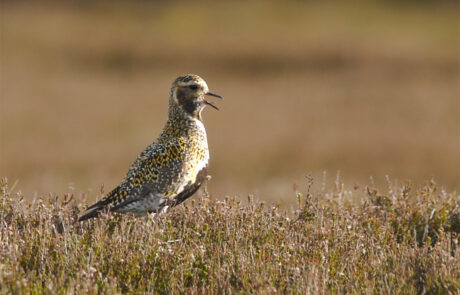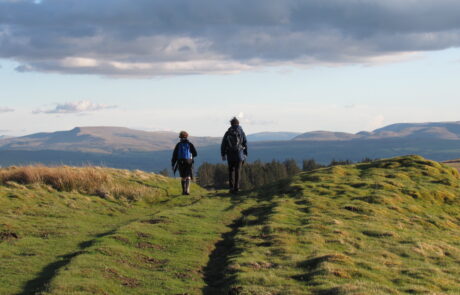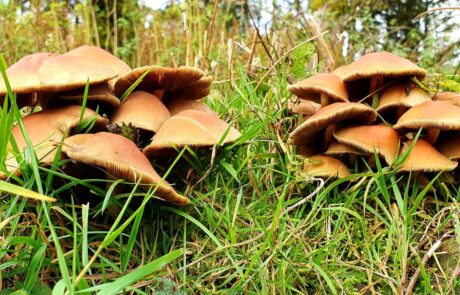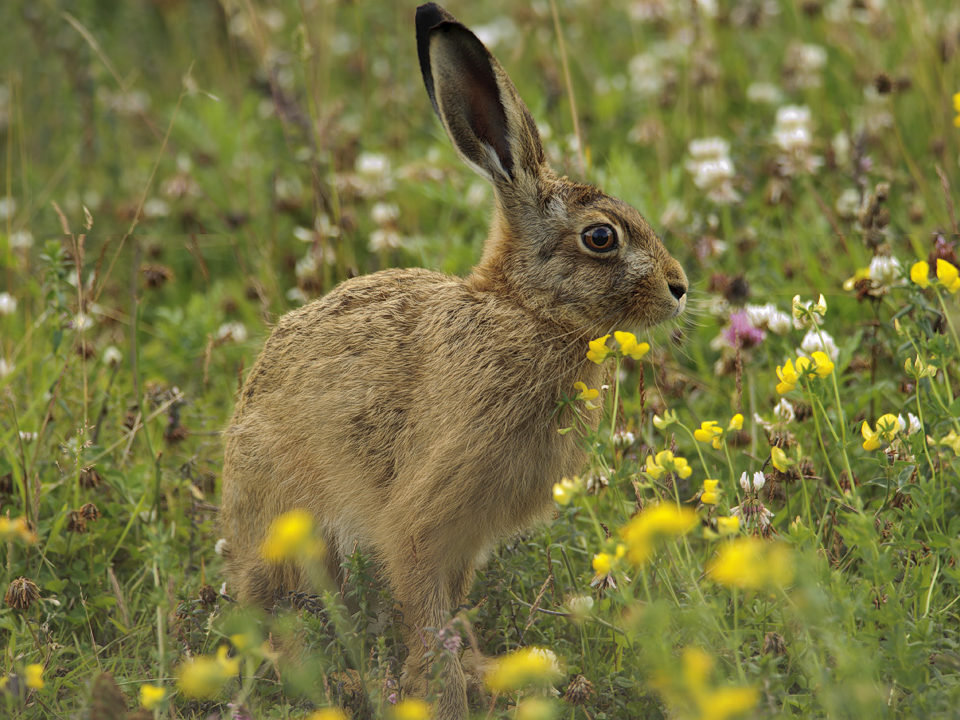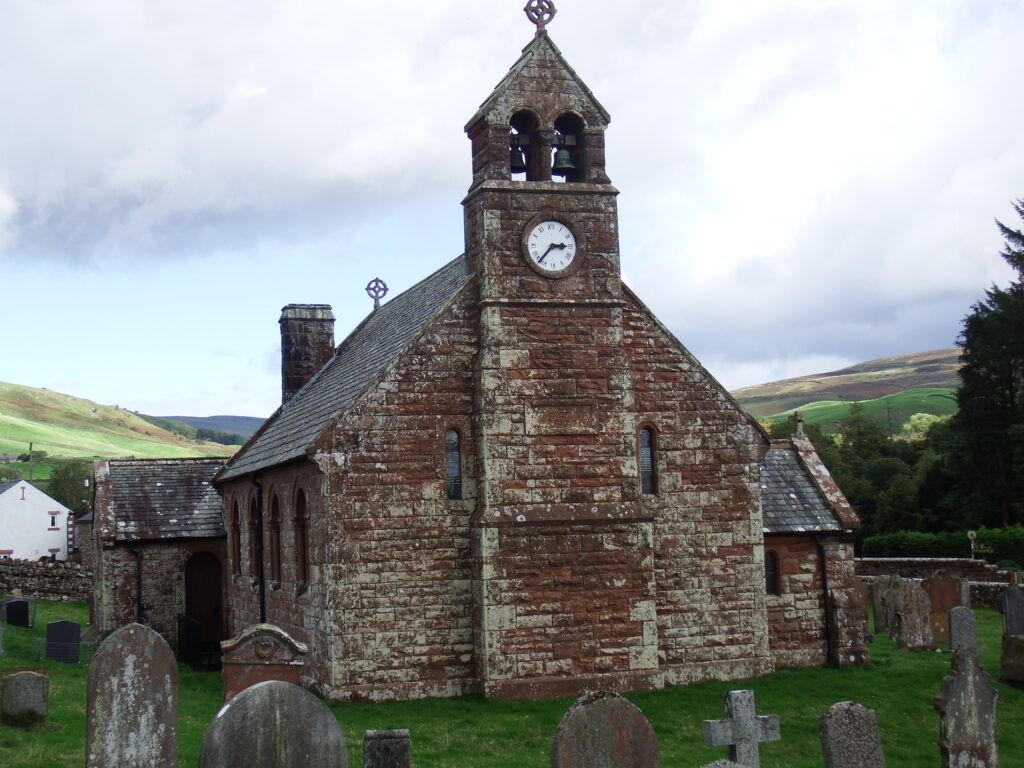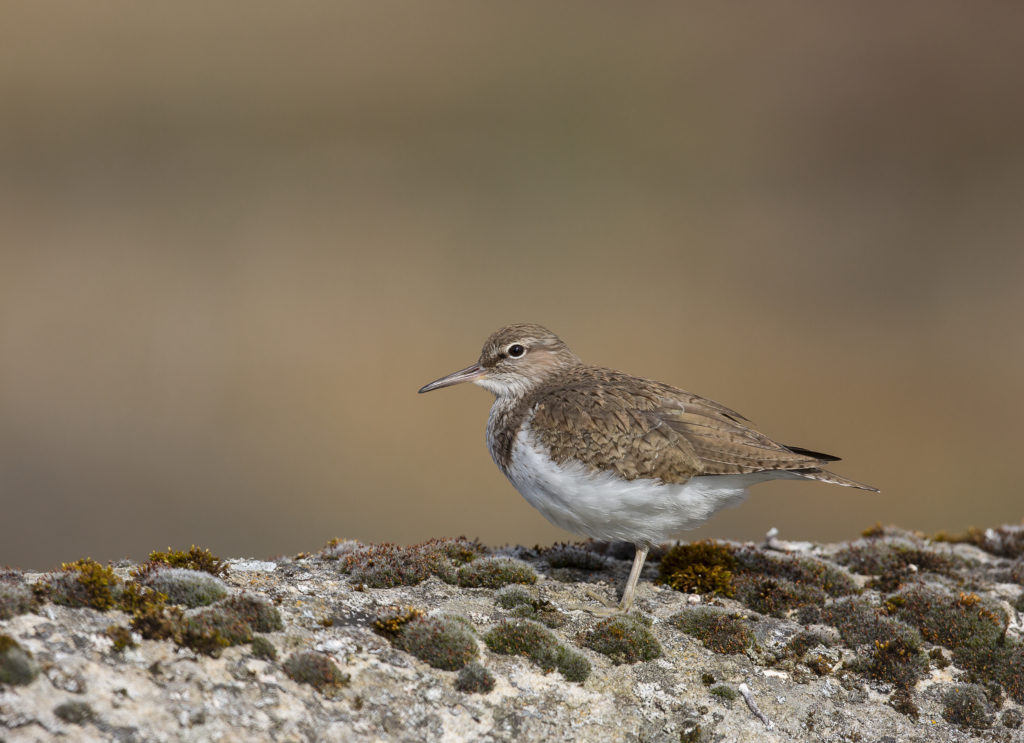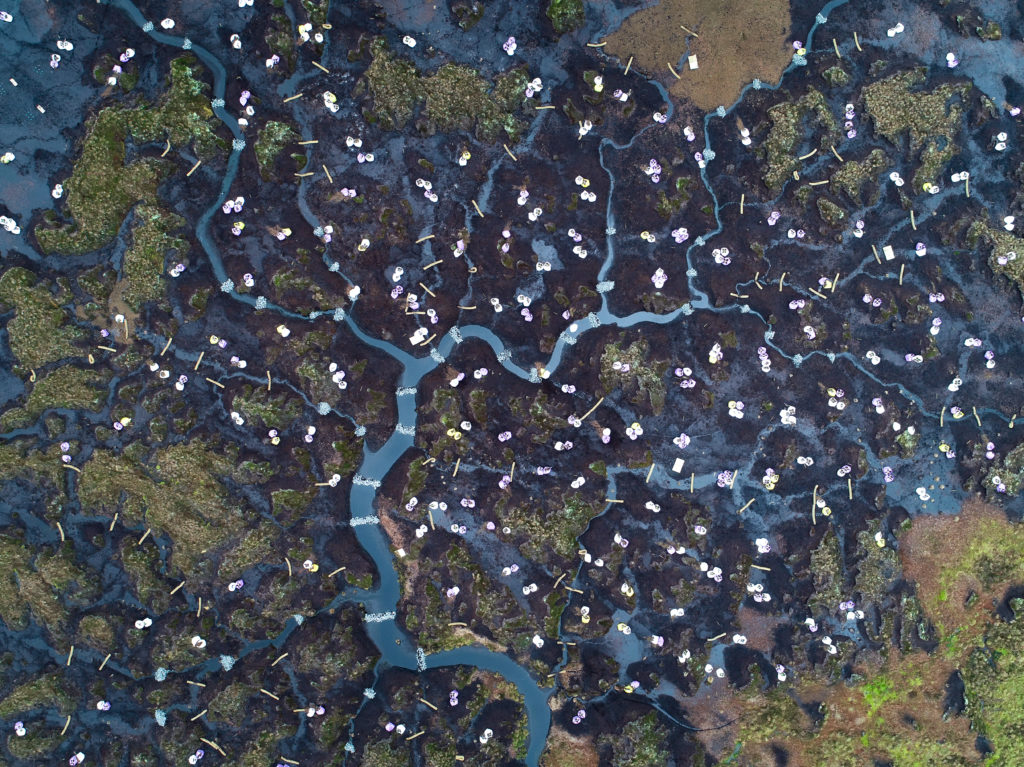What we do
High Helbeck
What is the High Helbeck project?
We are working with a private landowner to initiate the restoration of natural processes and increase wildlife on the High Helbeck estate, an upland shooting estate near Brough, in the North Pennines AONB. The project is a collaboration with the landowners (Nicolete and Ben Blackett-Ord), Natural England, the RSPB and the Woodland Trust.

What have we done so far?
In the initial phase of the project, between January 2021 and March 2022, the partners utilised £469,000 from Defra through the Green Recovery Challenge Fund to achieve the following:
For nature recovery
- a total of 355 hectares of habitat restoration and management improvements, including
- over 42,000 trees planted across 153ha of new woodland
- 79ha of peatland restoration
- 25 wader scrapes across 85ha
- a 10ha vegetation buffer zone was created along a main tributary
- improved management of 28ha of existing woodland plantation
- a strong monitoring baseline for future evaluation of progress
For people and the local economy
- a new 3.5 mile self-guided walk
- access and interpretation improvements including two new bridges and a new information panel
- 19 public engagement events aimed at developing physical and mental wellbeing
- 78% of the funds were spent within 50 miles of High Helbeck
- a graduate traineeship and a monitoring officer post were created, and both employees have gone on to secure full time employment
The evaluation report contains more information about the project.
High Helbeck has also provided us with a place to talk to other landowners and conservation professionals about the impacts of this kind of management, which is focused on promoting natural processes, and we continue to do that today. The partners are committed to developing this joint work and to monitoring and reporting on our progress.
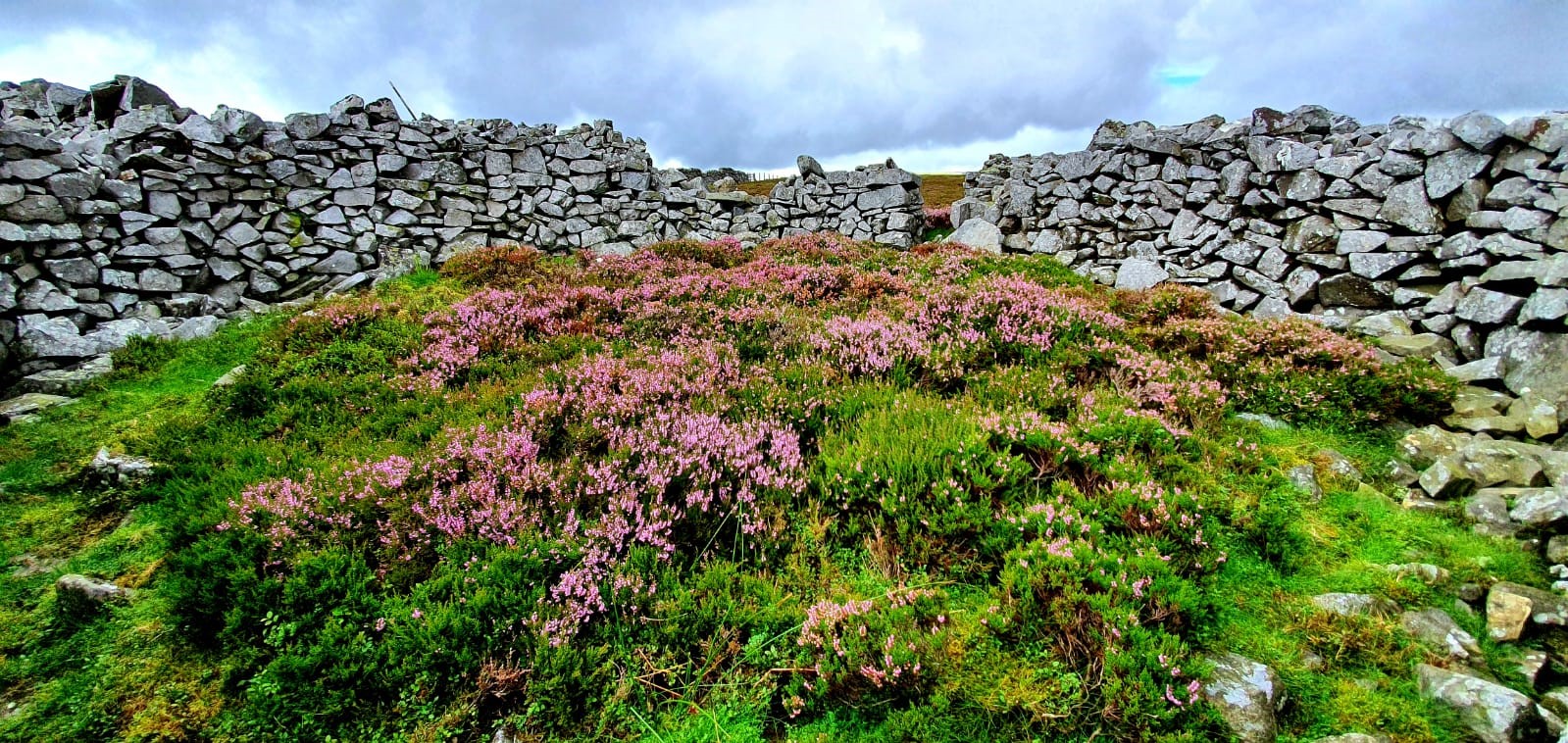
What are the main benefits of the project?
- Carbon storage and sequestration
- Improving peatland habitat for nature and for light grazing
- Diversifying habitat, with more tree and scrub cover
- Improving habitat for ground nesting birds like curlew, lapwing, snipe and golden plover
- Reducing the rate at which water flows off the land and so mitigating the potential impacts of flooding on the local community
- By stabilising the peatland, the erosion will be reduced, and water quality will be improved
- Helping people, especially from the local community, to enjoy and understand the landscape
- Providing a living lab in which other landowners and managers can look at the impacts of management which is more focused on promoting natural processes

